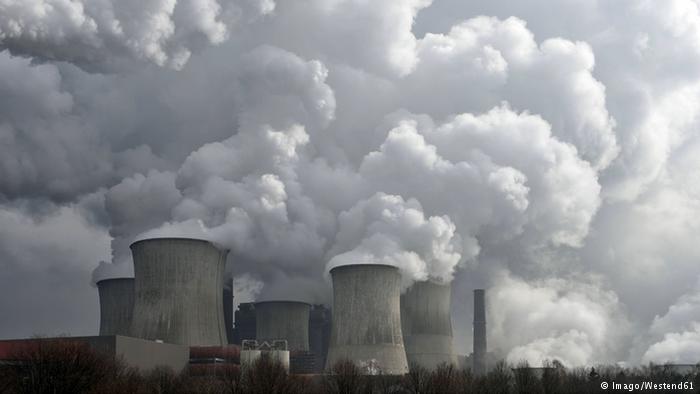Afghan environmental officials have prepared long-term and short-term plans to combat pollution, the country’s National Environmental Protection Agency (NEPA) said on Wednesday.
Lailuma Samani, Head of Information and Public Relation of NEPA, made this known in a statement.
The plans would be submitted to Afghan Presidential Office soon, as President Mohammad Ghani has earlier ordered a 10-day deadline for 22 relevant institutions including the NEPA.
The president ordered institutions to take serious actions in the reduction of pollution, the agency said in a statement posted on its website.
The agency has listed vehicular traffic, the use of old vehicles, the import of old and second-hand cars from overseas, burning wood, plastic, used motor oil for heating houses and public bathrooms.
Others are the use of animal residue and tires as the major sources of air pollution in Afghanistan.
Among other factors, the re-suspension of dust to build house or road, windblown dust, old-fashioned brick kilns and the use of coal during winter to heat houses are also contributing to the air pollution in big cities.
“Asphalting roads and building green places as well as providing alternative energy, are parts of the measures to be taken to reduce pollution, but those measures would take time to be executed,” Samani said.
In Kabul, the plans, being run jointly by NEPA and the Kabul Municipality, would require the distribution of up to one million masks to residents and asking fuel vendors to purify coal.
This also includes reducing smoke-producing goods all over the city, according to the statement.
The statement also noted that gas emissions and burning materials were the biggest cause of pollution in Kabul, a city with about five million residents, where it noted up to 350 causes of pollution have recently been identified.
In August, the government approved an action plan to prevent, reduce and manage air-pollution in capital Kabul.
A Kabul resident named Samiulla said that he couldn’t see things around him due to the massive air pollution in the evening, even during the day time.
“Afghanistan is not an industrial country but we are dying from air pollution-related illnesses,” he said.
In the latest efforts to check the menace, the Kabul police have closed down dozens of storage houses, where non-standard burning materials are being sold across Kabul, Sayed Mohammad Rushandel, Kabul Police Chief, confirmed in a statement issued.
He said that some people burned worn tires, shoes, leathers, and other plastic materials to heat their houses during the harsh winter, which further pollutes the air.
Nonstandard fuel reservoirs would be taken out of the capital in joint cooperation with the Kabul Municipality and NEPA, he added.
According to reports, Kabul has been listed among the top 10 polluted cities in the world.
For many Afghan people, pollution is a strong silent killer.
Thick smog of dirt and fumes are visible with wide coverage all over the Kabul city and spread along the mountainous sides.
There are no official statistics on how many people are being affected by pollution or how many die annually as a result of Afghanistan.
However, a research group “State of Global Air” has stated that more than 26,000 deaths could be attributed to air pollution in 2017 while over 3,480 civilians died as a result of war and militancy in that year.
Plagued by a long conflict with the insurgency, the Afghan government lacked the technology to monitor pollution levels in its most populated capital city. (dpa/NAN)






